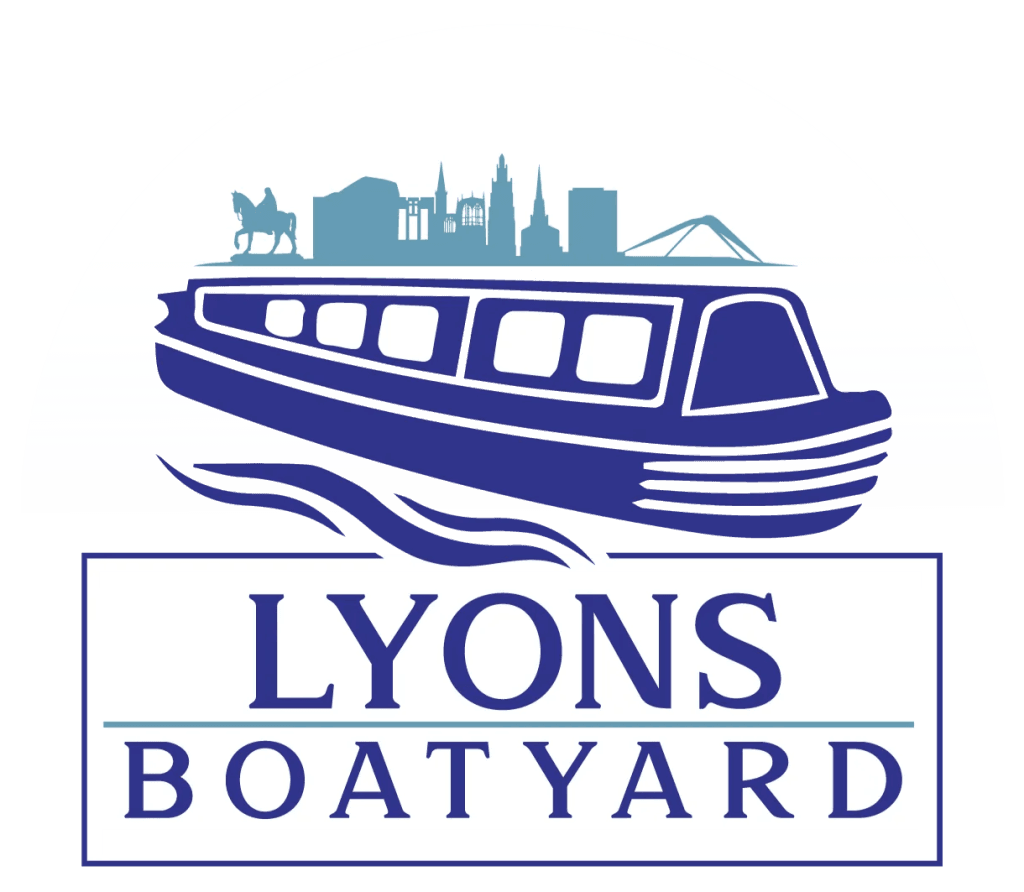Britain’s 2,000 miles of canals are punctuated by tunnels which carry the waterway under higher ground. Cutting out a tunnel with only basic equipment could be a precarious business, and some did unfortunately collapse during the process.
The longest canal tunnel in the UK is Standedge Tunnel on the Huddersfield Narrow Canal, which was constructed over 17 years and opened in 1811. Remarkably, it is almost three and a half miles long and is a depth 638 ft under the Pennine Hills.
Most tunnels are much shorter than this, but nevertheless extra care should be taken when navigating a tunnel in a canal boat. Each canal may have its own rules and regulations that you should be aware of, such as booking advanced passage or even a traffic light system, but here are some general points to bear in mind.
Check if it is one or two way
Some tunnels are wide enough to allow two boats to pass, while others are narrow and only single passage. This will be indicated on a sign at the tunnel entrance (other instructions may also be given so read the sign carefully). If it’s a one way tunnel, check if there is another boat inside, and if so, wait well clear of the entrance.
Turn on your lights
Canal tunnels are extremely dark, so it’s important to use lights for navigation and also to make yourself visible to other canal users. Switch on the headlight and some interior lights, and make sure the lights are angled correctly (slightly upwards) to avoid dazzling oncoming boats.
Sound your horn
As an extra precaution, sound a single long blast of your horn as you enter the tunnel.
Use one side of the tunnel to navigate
Navigate by looking at one side of the tunnel only. Bear in mind that the tunnel may not be completely straight, but try not to move the steering wheel or tiller more than necessary. Proceed at a steady speed and keep at least a 500ft distance between any vessel in front. Look out for oncoming traffic and pass slowly to the right.
Keep vigilant at all times, looking out for smaller unpowered craft such as canoes, and taking care not to catch up with any boat in front.
Make sure that you have enough fuel
If it’s a long tunnel, make sure that you have enough fuel to get through, and have an emergency backup plan if you do breakdown.
Switch of appliances
Switch off cookers, heaters, and gas appliances except for pilot lights. Do not smoke or allow passengers to smoke.
Wear a lifejacket and waterproofs
Tunnels can be cold and damp with water dripping from the roof, so make sure that you are protected with a waterproof jacket, wear non-slip shoes and a lifejacket, and carry a waterproof torch.
Keep passengers inside the boat profile
Any passengers and crew who are not involved in operating the boat should remain within the boat profile for safety reasons.
If you are looking for luxury narrowboat hire, please contact us today.
